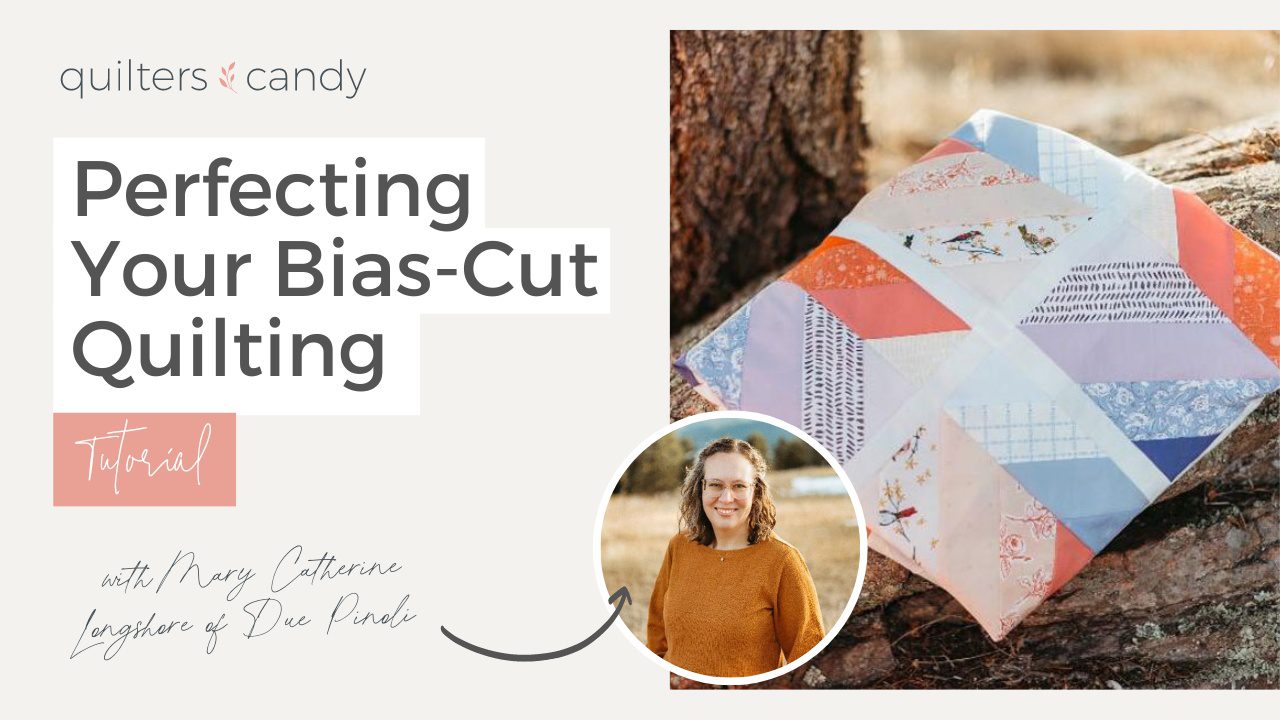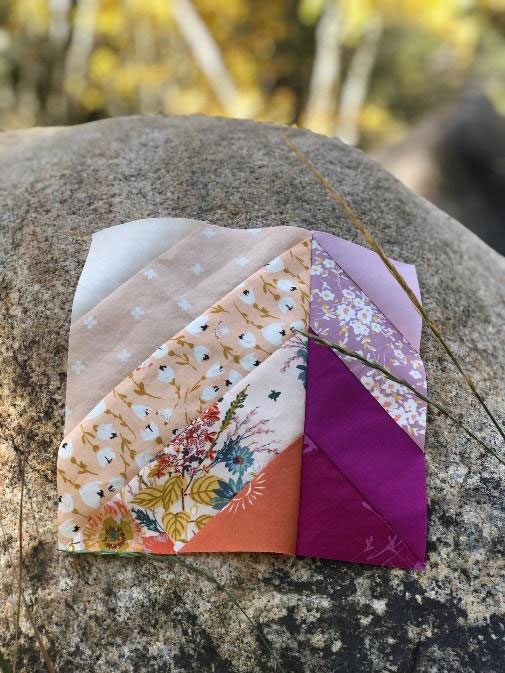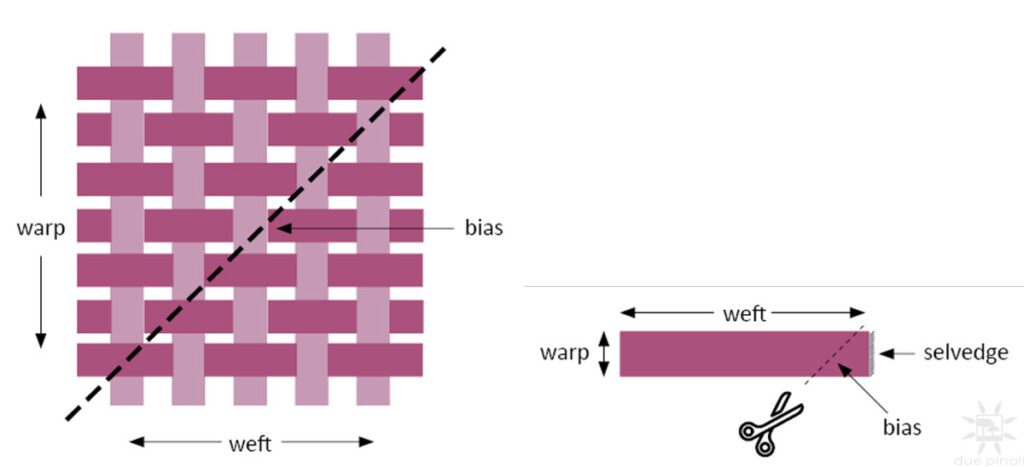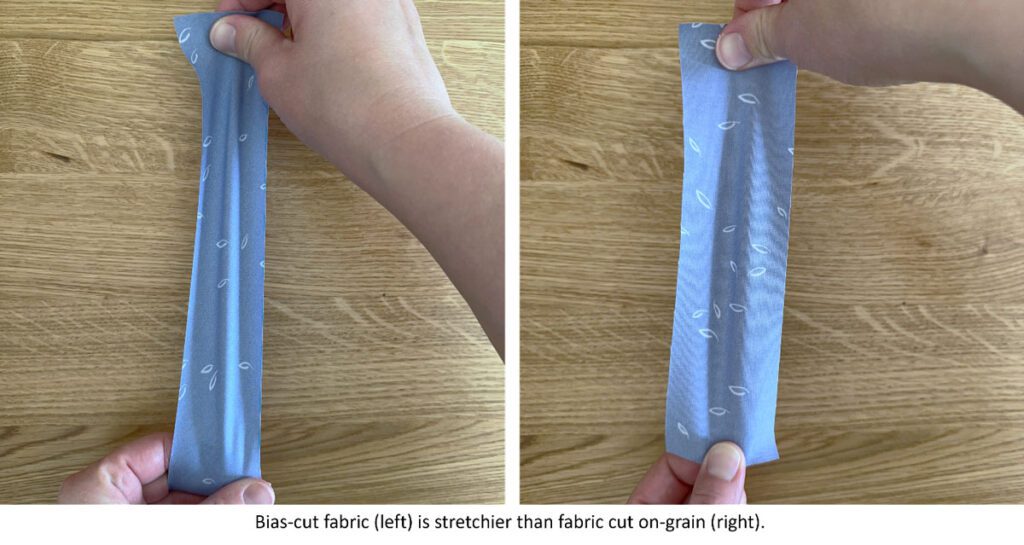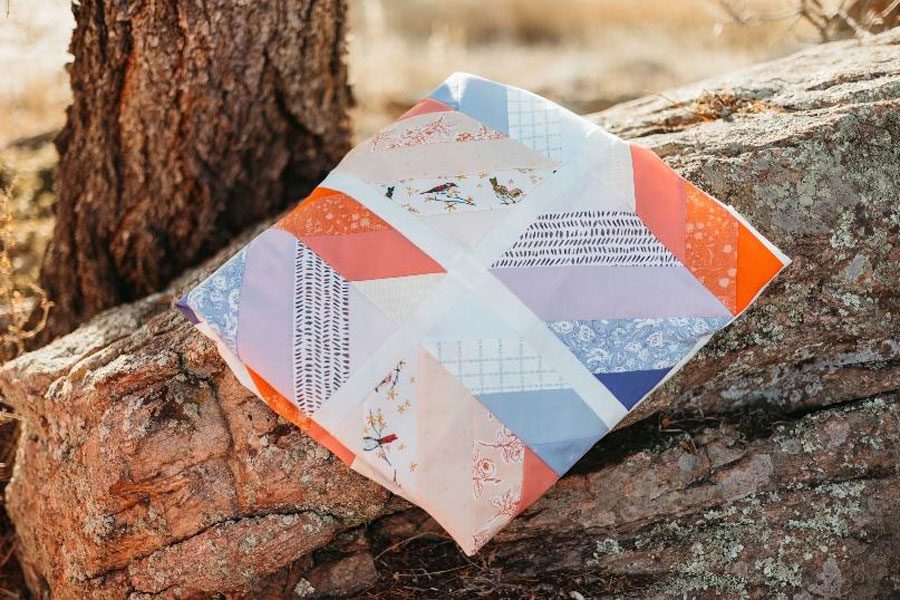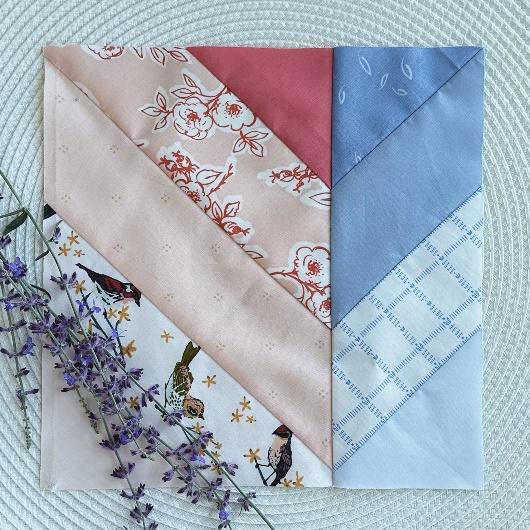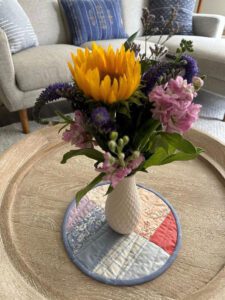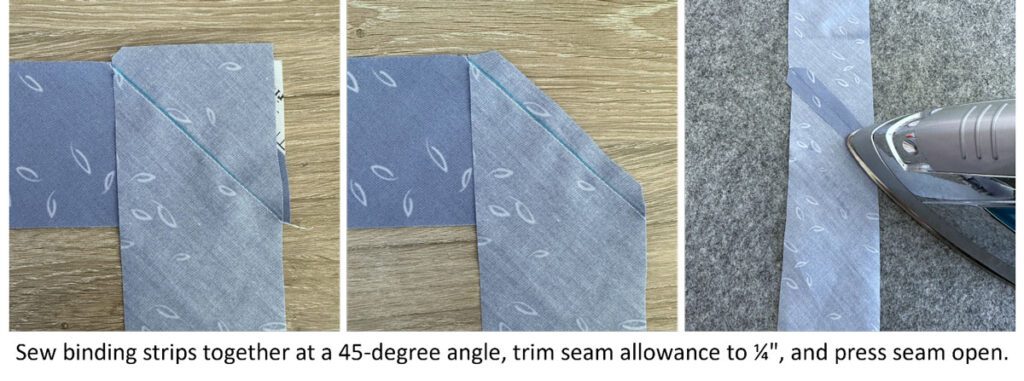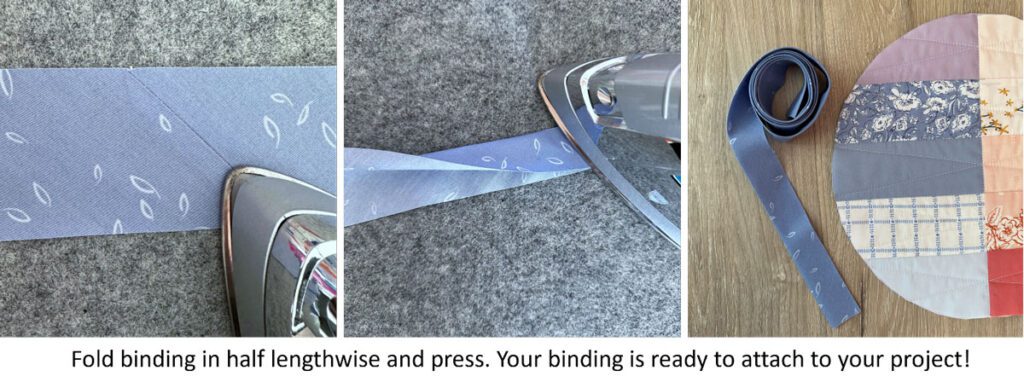Perfecting Your Bias-Cut Quilting
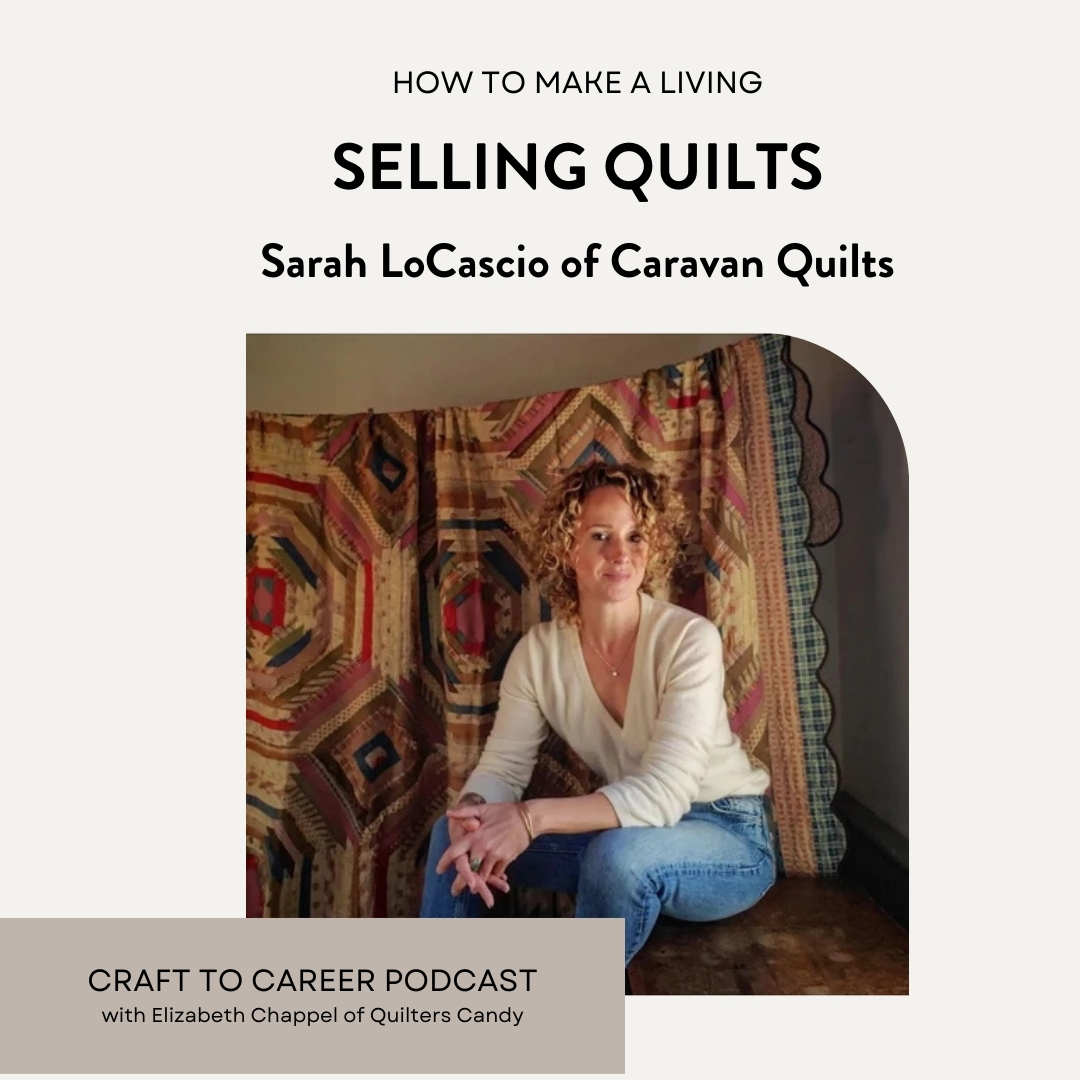
the latest
December 19, 2025
Have you ever wondered if it’s actually possible to make a living selling quilts? In this episode of the Craft to Career Podcast, I sit down with Sarah Locascio, the creative entrepreneur behind Caravan Quilts, and her answer is a confident, resounding yes. Sarah has built a quilting business that looks completely different from the […]
tune in
tune into the
Craft to Career
Podcast
Each week get insights on how to turn your craft into a successful career. With both guest speakers and tips from myself, you get valuable, free education on the Craft to Career podcast!
or SEARCH THESE
Popular categories
Craft to Career
Digital Downloads
Patterns
Podcast
Quilt Alongs
Quilt Questions
Tutorials
